How to get rid of fungus gnats: 5 ways to tackle these tiny insects
Learn how to get rid of fungus gnats to help protect your houseplants
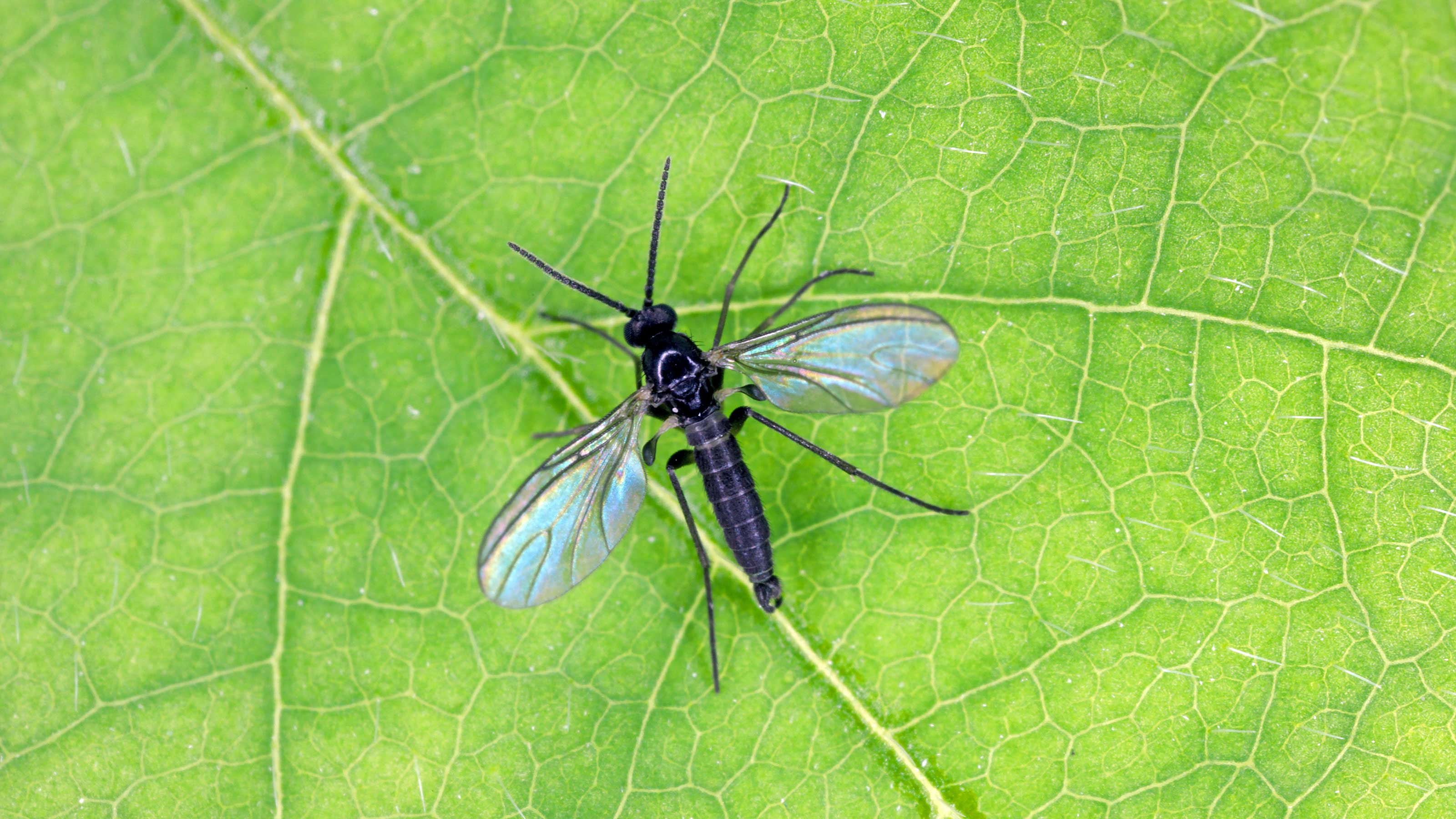

Noticed small flies buzzing around your houseplants? It might be time to learn how to get rid of fungus gnats, otherwise known as sciarid flies. We've got all the info you need.
Similarly to thrips, fungus gnats are prone to infest potted indoor plants, as well as seedling trays in greenhouses. If you spot them, don't panic, as they aren't too much of a cause for concern.
However, large numbers can be a nuisance: no one wants flies buzzing around indoors. And the tiny, thread-like white larvae, which dwell in compost, can sometimes cause damage to very young plants or cuttings, says the RHS.
What are fungus gnats?
Fungus gnats can be found all over the world and there are many different varieties.
'There are over 250 different species of fungus gnats in the UK,' says John Stewart from the technical team at eco-friendly pest-control brand Green Protect. 'They normally feed on decaying organic material, but when found in our homes or offices, they are a real nuisance.'
The adults are winged, grayish-brown in color, and around 0.1-0.2 inches (three to four millimeters) long. Look closely at your plants and you may spot them walking over the surface of the compost or flying above the leaves.
The larvae are about 0.2 inches or six millimeters long, and are white or transparent with black heads.
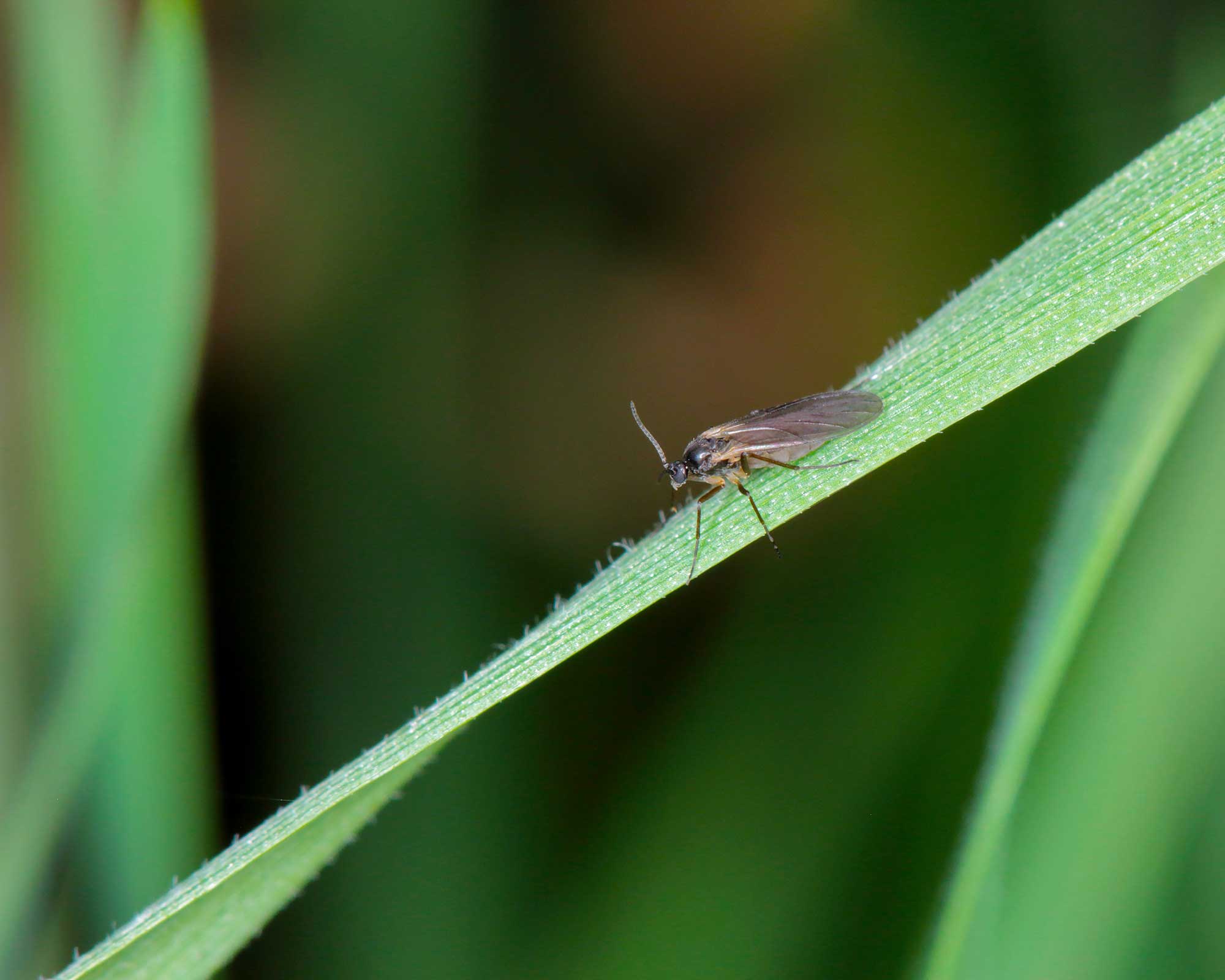
Fungus gnats don't usually cause much harm to plants, but are still a nuisance indoors
5 easy methods to get rid of fungus gnats
Outdoors, fungus gnats are an important part of the ecosystem, says the RHS. As the experts at the Missouri Botanical Garden explain, they are important pollinators as well as food for small animals, and they help to convert dead vegetation into nutrients for plants. Numbers are kept under control by natural predators and other environmental factors, which means any root damage the larvae do is minor.
However, if they are proving to be a pain around your indoor plants or in your greenhouse, these tips will come in handy.
1. Avoid over-watering your plants
'Flies are attracted to damp compost,' says the experts at Amateur Gardening magazine. 'If, therefore, you allow the compost to dry a little between watering, it will discourage them.'
John Stewart agrees: 'To prevent and control this species of fly, do not overwater your plants,' he says. In fact, overwatering indoor plants is damaging for more reasons than one, so should always be avoided.
'There are simple water level indicators or monitors that can be bought from garden centers to ensure that plants are not over or under-watered,' he adds. You can also buy plant moisture meters from Amazon.
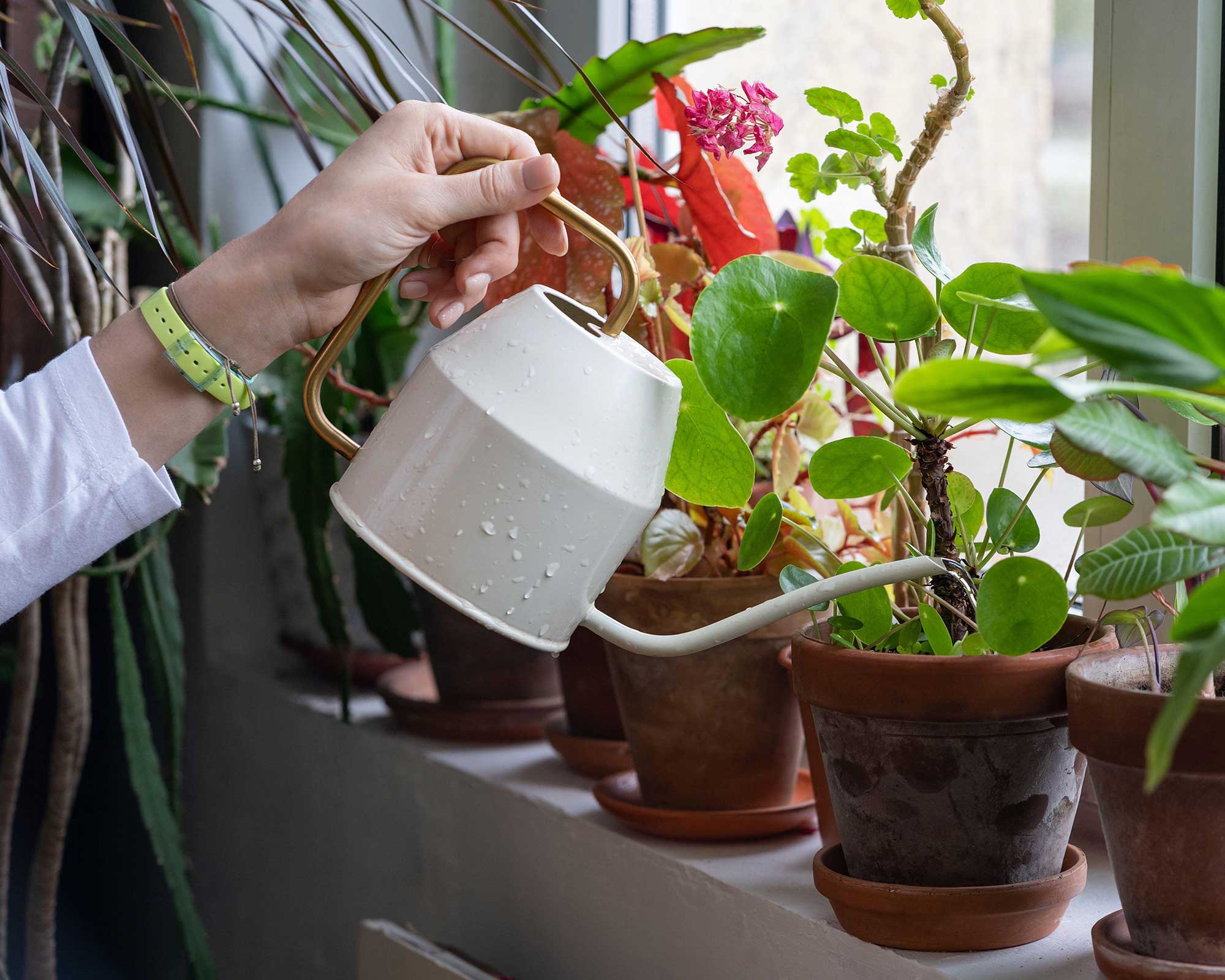
Wet compost attracts these bugs
2. Spray the plants with insecticide
As well as ensuring your indoor plants are watered correctly, you can apply a pesticide. 'Spray the compost with half-strength BugClear Ultra [available on Amazon] to kill larvae and adults,' recommends the Amateur Gardening experts.
'Do this outdoors, away from food and furniture, leaving the plant for an hour or so before returning it to a windowsill or some other place indoors.'
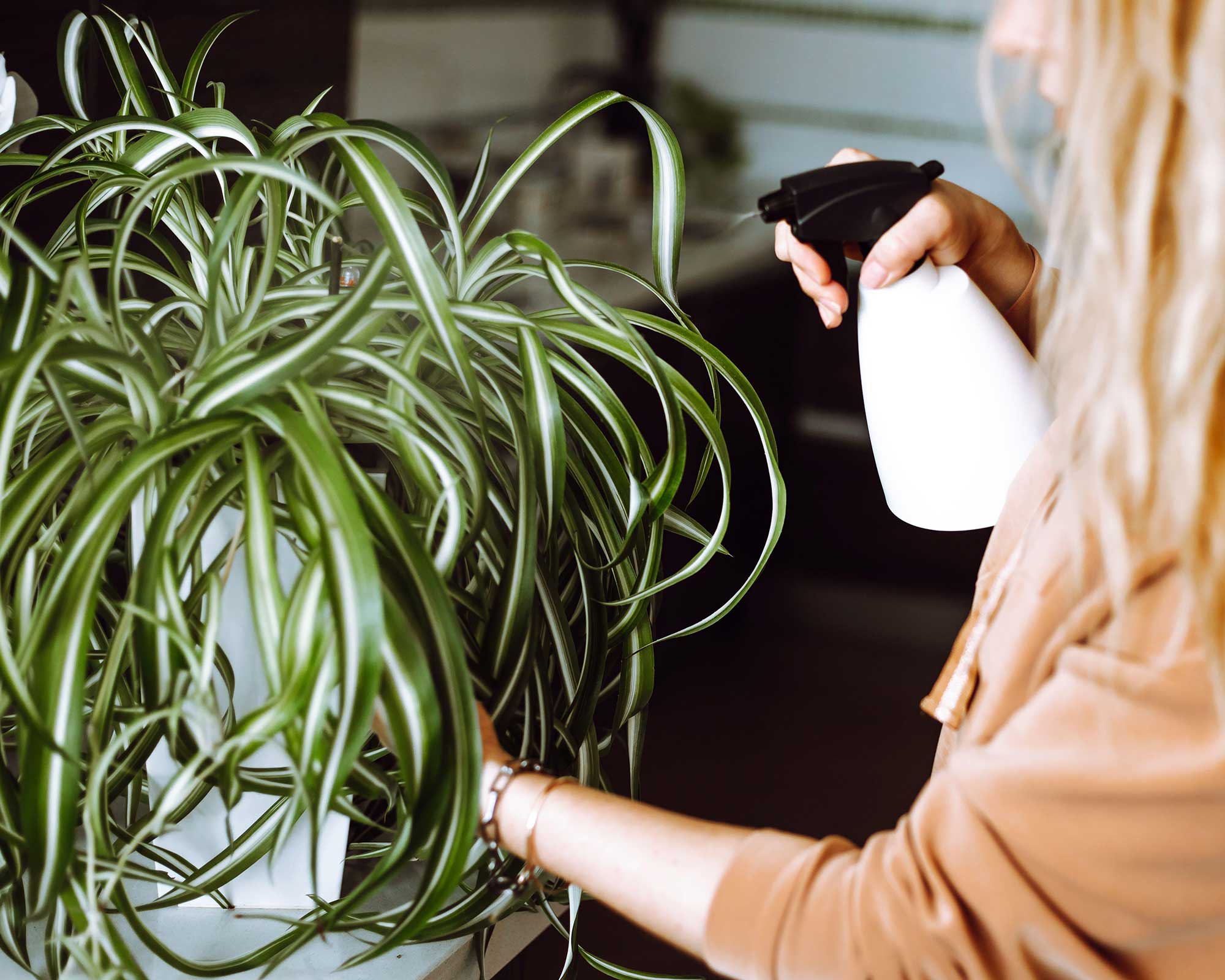
Pesticides can deter these insects
3. Deter fungus gnats with almond oil
If you'd rather learn how to get rid of fungus gnats without chemicals, try this trick.
'Fill the lid of a plastic bottle with almond oil and place it on the compost,' instructs the Amateur Gardening team. The adult gnats are attracted to its sweetness, and will then fall in and down, they explain.
Looking for other ways to trap annoying pests? Using beer is a popular approach when getting rid of slugs: our guide explains.
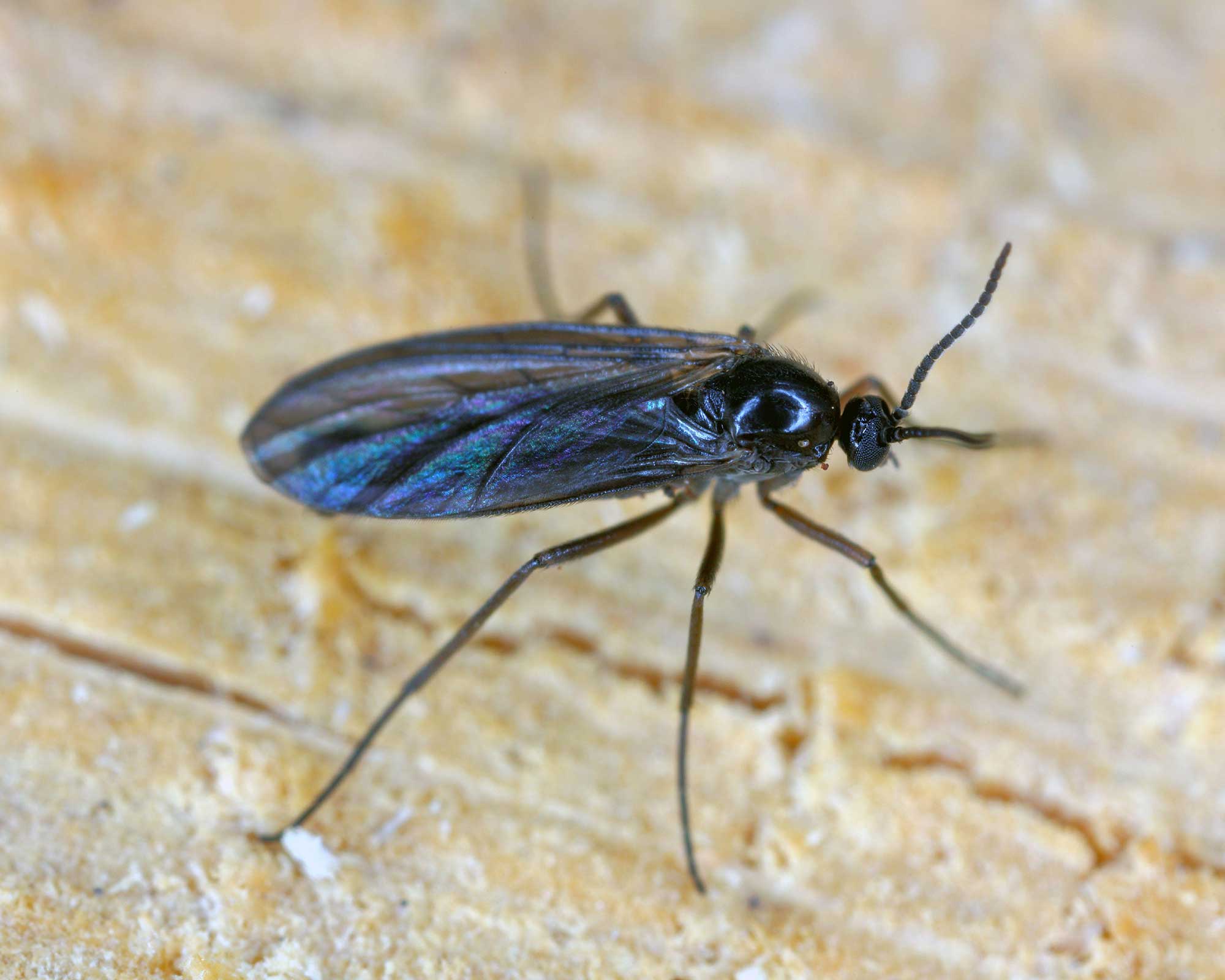
Fungus gnats look similar to mosquitoes
4. Tackle larvae with nematodes
'If the flies are established, the larvae can be killed with biological control using nematode worms Steinernema feltiae,' says John.
'The worms will seek and destroy the maggots, and they are safe to use around humans and pets.' They are to be added to potting compost: follow the packet instructions for application.
Nematodes can also come in useful for getting rid of lawn grubs.
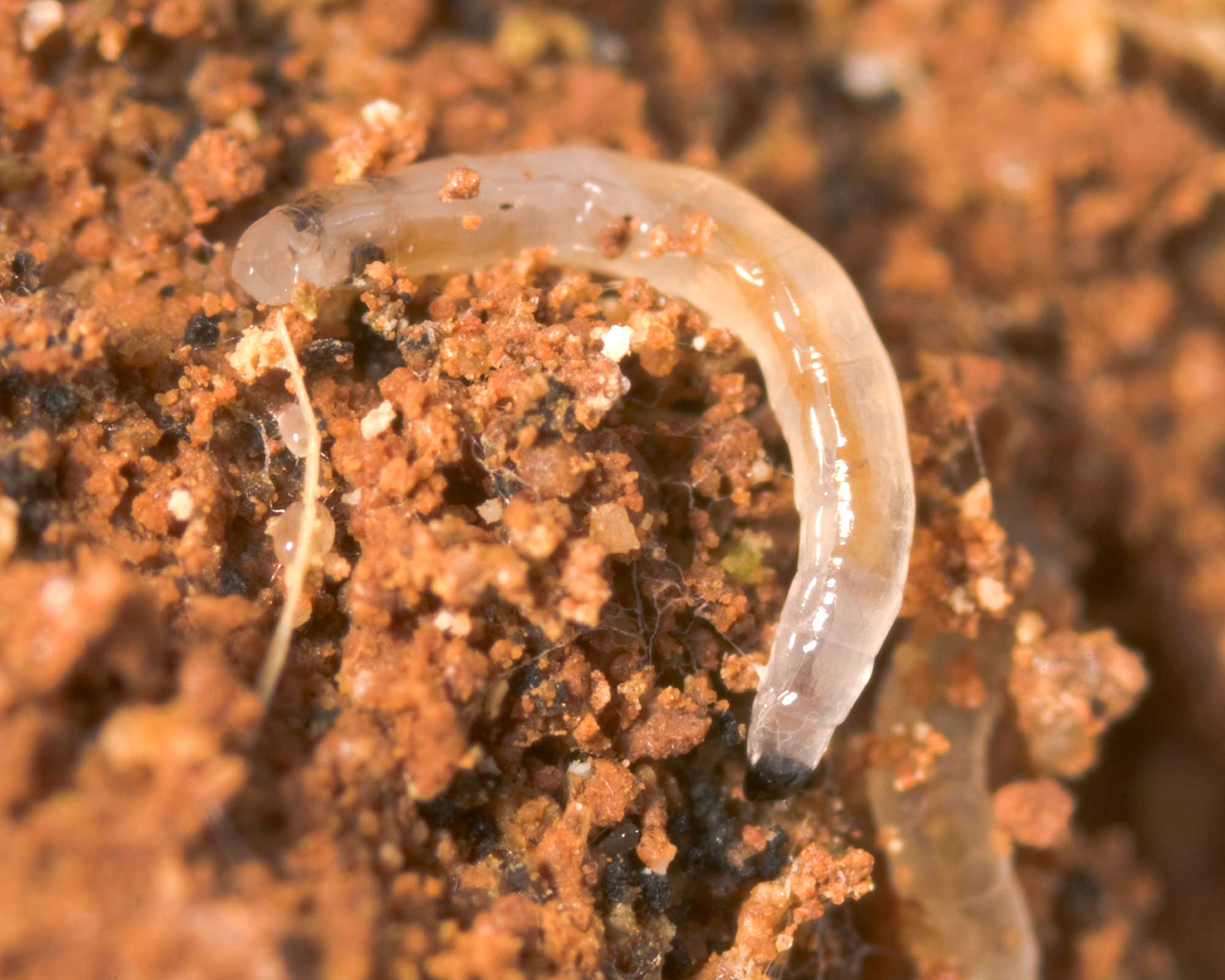
Larvae can be eradicated by beneficial nematodes
5. Use sticky traps
'You can easily monitor for the presence of these pests with yellow sticky traps,' says John.
It's a useful, non-toxic way to capture the adult gnats, and also works for getting rid of fruit flies and other, similar-sized pests. Hang them above your plants or pop them around the containers.

A simple yet effective approach
Do fungus gnats bite?
No, unlike mosquitoes, fungus gnats don't bite humans. They aren't known for transmitting diseases, either. And unlike wasps, they also don't sting.

The garden was always a big part of Holly's life growing up, as was the surrounding New Forest where she lived. Her appreciation for the great outdoors has only grown since then. She's been an allotment keeper, a professional gardener, and a botanical illustrator – plants are her passion.
